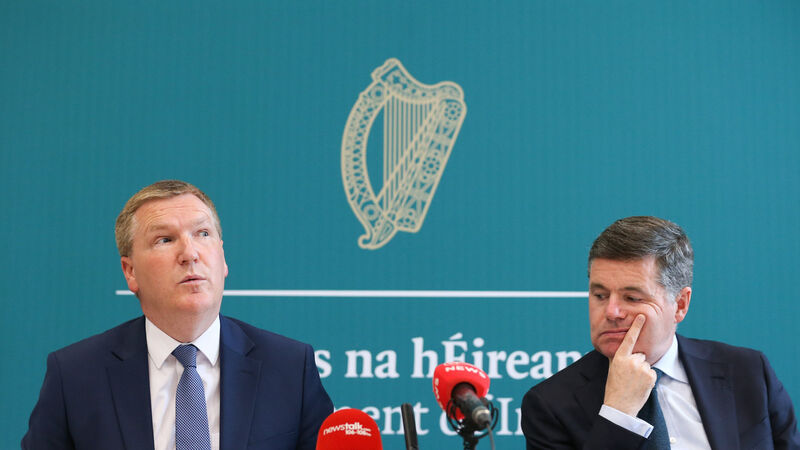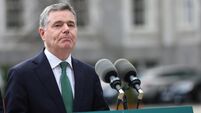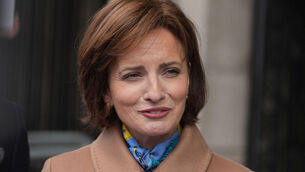Explainer: Everything you need to know about the summer economic statement

Minister for Finance, Paschal Donohoe TD and the Minister for Public Expenditure & Reform, Michael McGrath TD host a press conference on the publication of the Government's summer economic statement 2022 & End Q2 2022 Exchequer Returns. Picture: Sasko Lazarov / RollingNews.ie
The Government has announced a €6.7 billion package for this year's Budget in its summer economic statement.
Cabinet signed off on the statement at Monday's meeting, allowing Finance Minister Paschal Donohoe and Public Expenditure Minister Michael McGrath lay out the broad parameters of the Budget to the public.
While there will be extra money to spend this year, the Government has made two additional moves around the Budget to deal with the cost of living crisis.
First, it has been agreed that the Budget itself will be announced on September 27, two weeks earlier than planned. Sources said that this move recognised the need to move quickly, but accepted that it will mean a quicker than usual turnaround for ideas and plans to be costed and approved.
But what is in the document itself and what does it mean?
First published as Ireland's economy recovered in 2016, the summer economic statement is designed to "form the basis for political discussions on the budgetary process and increase transparency in the Government’s approach to planning for the provision of key public services. The summer economic statement outlines the broad parameters that will underpin discussions of economic and fiscal policy over the medium term."
It effectively removes any surprise for the general public on the size of the Budget spending package and lays out how much will be spent in the following October or, as the case is this year, September.
Yes and no, really. While the SES is the broad outline of what can and will be spent, it isn't broken down by department and doesn't commit to any specific programs. There are heavy indications as to where at least some of the money will go.
For example, on taxation the document says "key objective of taxation policy in the forthcoming budget will be to avoid workers paying additional tax simply because they move through higher tax brackets because of inflation" which indicates that some level of tax indexation is being considered.
Exactly, the statement sets out the broad parameters of the Budget, but the exact shape of the country's plan for 2023 will be hammered out over the summer.
Right now, government departs are ramping up what is referred to politically as "the budgetary process".
This largely means costing ideas both for ministers and opposition parties, before ministers and senior officials fight their corner in meetings with the Finance and Public Expenditure ministers.
Yes, but exactly what is unknown at this time. The announcement included €400 million which will be put towards once-off measures to tackle the cost of living crisis this year.
Mr McGrath did indicate that this money could be added to with the remains of other contingency funds, but would not be drawn on just how large a pot of money could be drawn from in 2022.
Ok. This is where it gets a little convoluted. While the overall package is €6.7 billion, €5.65 billion of that is spending, and €1.05 billion is in the area of tax measures.
Yes. And this is where the sums get tricky. Around €3 billion of the overall package is already committed to previous commitments like the National Development Plan, demographic shifts and existing public sector pay deals.
That leaves €2.7 billion, but with the previously mentioned €400 million already brought forward, you're looking at an additional €2.3 billion in spending.
In real terms, this is massive money. For governments, it's about 2.5% of the overall Budget. A €10 increase in core social welfare would account for €750 million.
A public sector pay deal that landed at 7% would be €1.6 billion.











